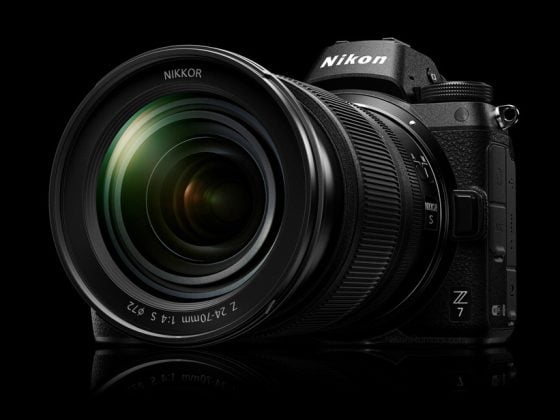The Rokinon 50mm f1.2 (also sold as a Samyang 50mm f1.2) is an ultra-fast, ultra-bright 50mm APS-C mirrorless lens with a field of view equivalent to 75mm on Sony and Fujifilm cameras and 80mm on the Canon mirrorless cameras. It features excellent coatings for flare and ghost reduction and two aspherical elements for excellent corner sharpness and chromatic aberration control.
Because of the fast aperture and good corner-to-corner image quality, this lens is an excellent choice for any situation and is one of the best manual primes in the 50mm range you can buy for mirrorless APS-C cameras. Nothing can match the Rokinon 50mm f1.2 with speed and sharpness at this price point, and it’s noticeably better than the cheaper Chinese alternatives.
This lens also has a cinema variant with a de-click aperture and a geared focus ring.
Lens Specs
Focal Length: 50mm, equivalent to 75mm on APS-C cameras
Aperture Blade: Rounded 9-Blades
Elements: 9 Elements in 7 Groups | Two Aspherical Elements
Coatings: Ultra Multi-Coated
Minimum Focus Distance: 1.64′ / 50 cm
Focus: Manual
CPU Contacts: No
Construction: Plastic Body
Filter Threads: 62mm
Pros – Excellent Sharpness, great flaring control, nice contrast, nice bokeh, light, fairly small, low vignetting, low distortion, not made in China.
Cons – Not the prettiest flares, No CPU contacts, Plastic barrel, and hood.
Order
Rokinon 50mm f1.2 Fujifilm –Amazon / BHphoto
Rokinon 50mm f1.2 Sony – Amazon / BHphoto
Rokinon 50mm f1.2 Canon –Amazon / BHphoto
Rokinon 50mm f1.2 M43 –Amazon / BHphoto
Fujifilm X-Mount Lens List
Sony APS-C E-Mount Lens List
Micro 4/3 Lens List

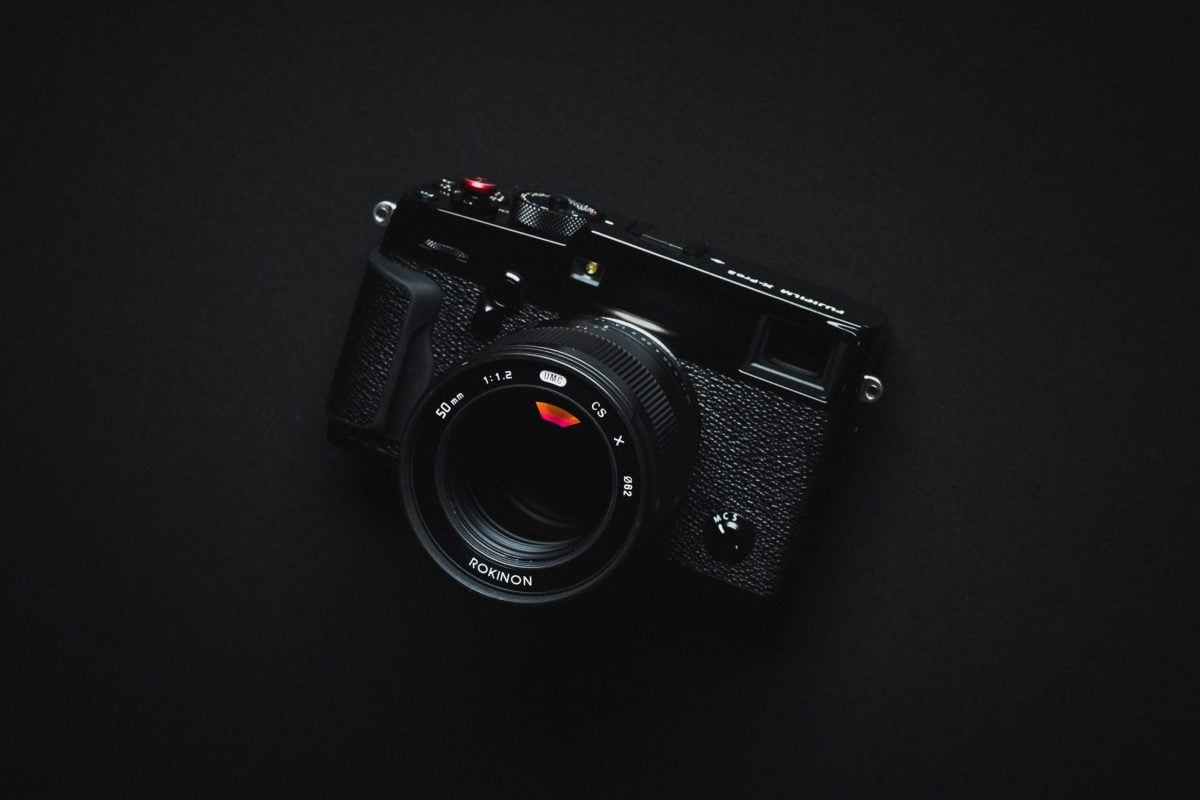

Rokinon 50mm f1.2 Review | First Impressions

I was testing a few low-budget 50mm lenses before I got my hands on the Rokinon 50mm f1.2; I have to say, it blew me away. I started using Rokinon in 2010, and their lenses always left me wanting more. They usually had poor build quality, poor lens coatings, and weird distortion patterns, so I wasn’t particularly excited to test this lens. However, I find almost no flaws with this copy; almost everything everyone loves about the Fujinon lenses can be found in this lens. There is nearly perfect sharpness across the frame, and the corners are insanely sharp. They have excellent contrast, great bokeh, and very good flare resistance.
While the Fujinon 50mm f2 lens is also fantastic and almost the same price, the Rokinon produces a bit more character because of the faster aperture. This allows for improved background separation and shallower depth of field. One big complaint I often hear about the Fujinon compacts (50mm f2, 35mm f2, 23mm f2) is that they all have a very clinical quality. The images are almost too perfect, except for the swirling bokeh on the 35mm f2.
While the Rokinon 50mm f1.2 image is also very clinical, the rounded f1.2 aperture allows for fun and unique looks.
The bokeh on this lens is fantastic, but once you stop down, you do start to see some geometry. I also personally like the bokeh in the Fujinon 56mm f1.2 much more. Overall, the Fujinon 56 has a much bloomy bokeh with more character than this lens. When I stopped down, I started to prefer the bokeh on this Rokinon.
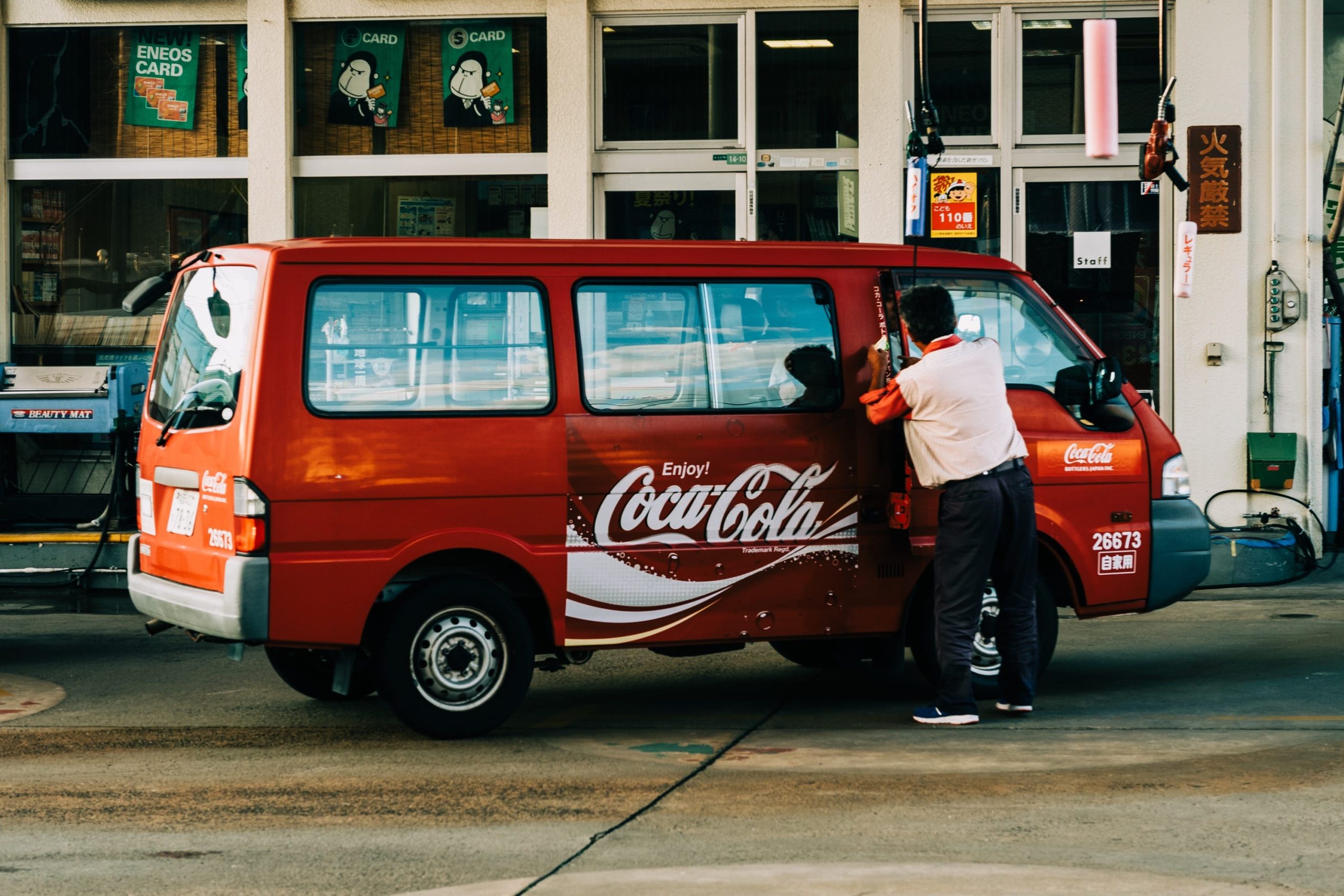
Build Quality
Build quality is fine. I know a lot of people always say, “It’s made of metal, so build quality is good.” This lens is not made of metal; either are Canon or Nikon lenses, and their build quality is fine. The build quality of this Rokinon is built of super hard plastic like the Canon and Nikon lenses, and it feels really high quality. I was expecting not to like it, but I like it. It all around fits and feels right on my Fujifilm cameras.
Copy to Copy Variation
On my camera, the lens fits perfectly, and the optics are fantastic. Samyang / Rokinon has a reputation, or at least used to have a reputation for wild copy-to-copy variations. For example, my Rokinon 23mm f1.4 lens is a little decentered, a common problem with Rokinon wides. This lens has many reports of being slightly loose when mounted to the camera. While I don’t have any serious wiggle worth noting on my copy, some people may have some play when the lens is mounted. This is not a big deal; even some of my Fujifilm and Sony lenses do this.

Focus
The focus is buttery smooth. I’ve seen some reports of it being stiff, especially in cold weather. I don’t feel like this is stiff; it feels perfect to me. Although I just got done reviewing the 7Artisans 55mm f1.4, the focus on that lens is stiff, and my SLR Magic 35mm f1.2 lens will get nearly locked up in sub-freezing weather.
The focus throw is about 180 degrees. It’s enough to get fairly precise, especially at those fast apertures. For me, it’s pretty important to throw focus from close focus to infinity in one twist unless I’m dealing with a macro lens.


Aperture Ring
The aperture ring is set up with clicks, although you can get the cinema version of this lens with no clicks and a geared focus ring.
I’m so glad this has click apertures. I’m so tired of that de-click trend in prime lenses right now.



Rokinon 50mm f1.2 | Technical Overview
Sharpness
Sharpness blew me away, not because of center sharpness but because corner-to-corner sharpness is fantastic.
You’ll find other bargain lenses that are sharper in the center, like the Kamlan 50mm f1.1 or even the 7Artisans 55mm f1.4. However, this lens’s mid-frame, edges, and corner sharpness blow those away.
Amazing center sharpness across the apertures. Again, it is not the sharpest 50mm in the world, but it is more than adequate for any style of photography.

I almost think the corners might be sharper than the center on my particular copy.

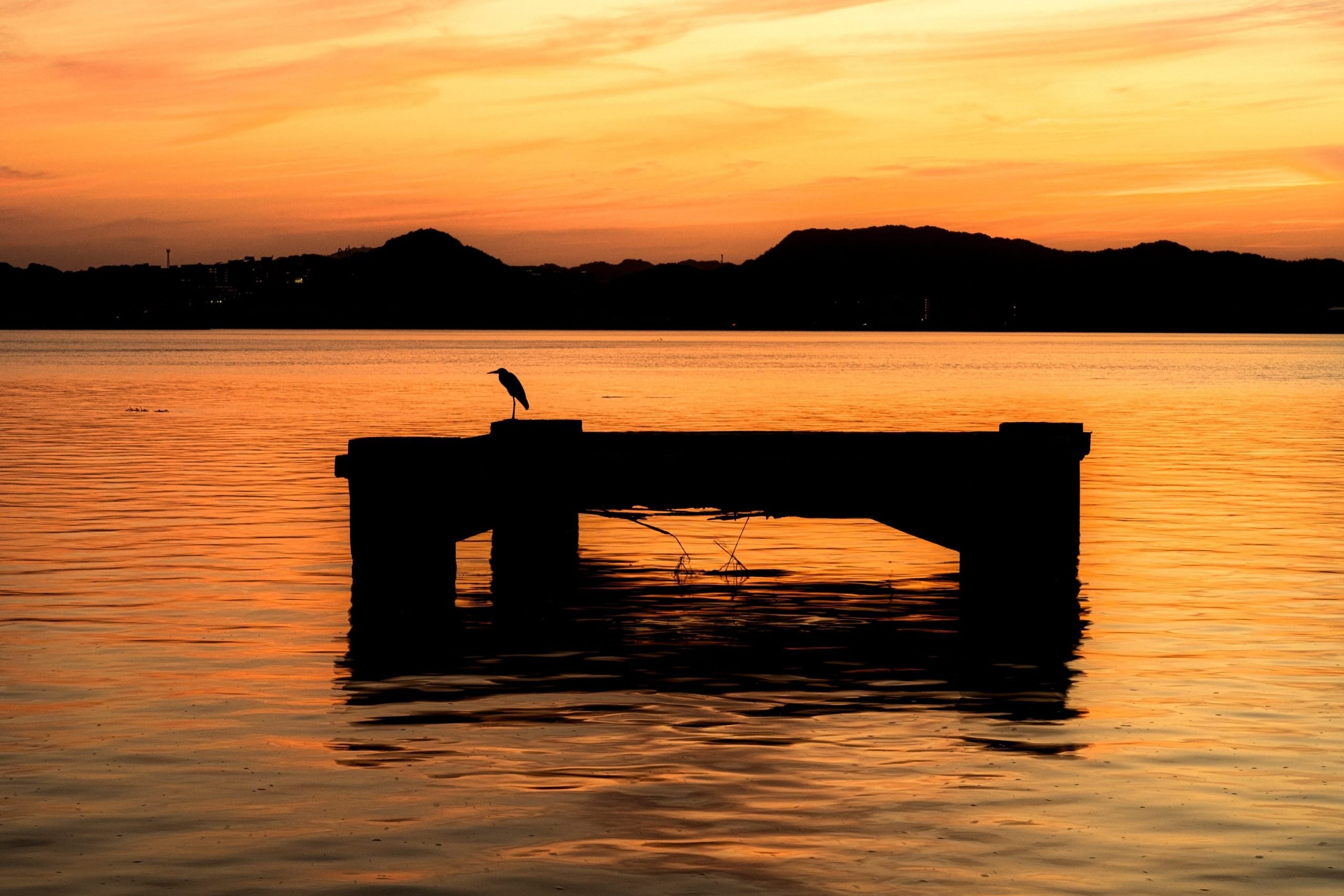
Chromatic Aberrations
Chromatic aberrations are very well controlled. When wide open along high-contrast edges, there is some purple fringing, but it’s all gone by f2.8.

Distortion
There is very little distortion.
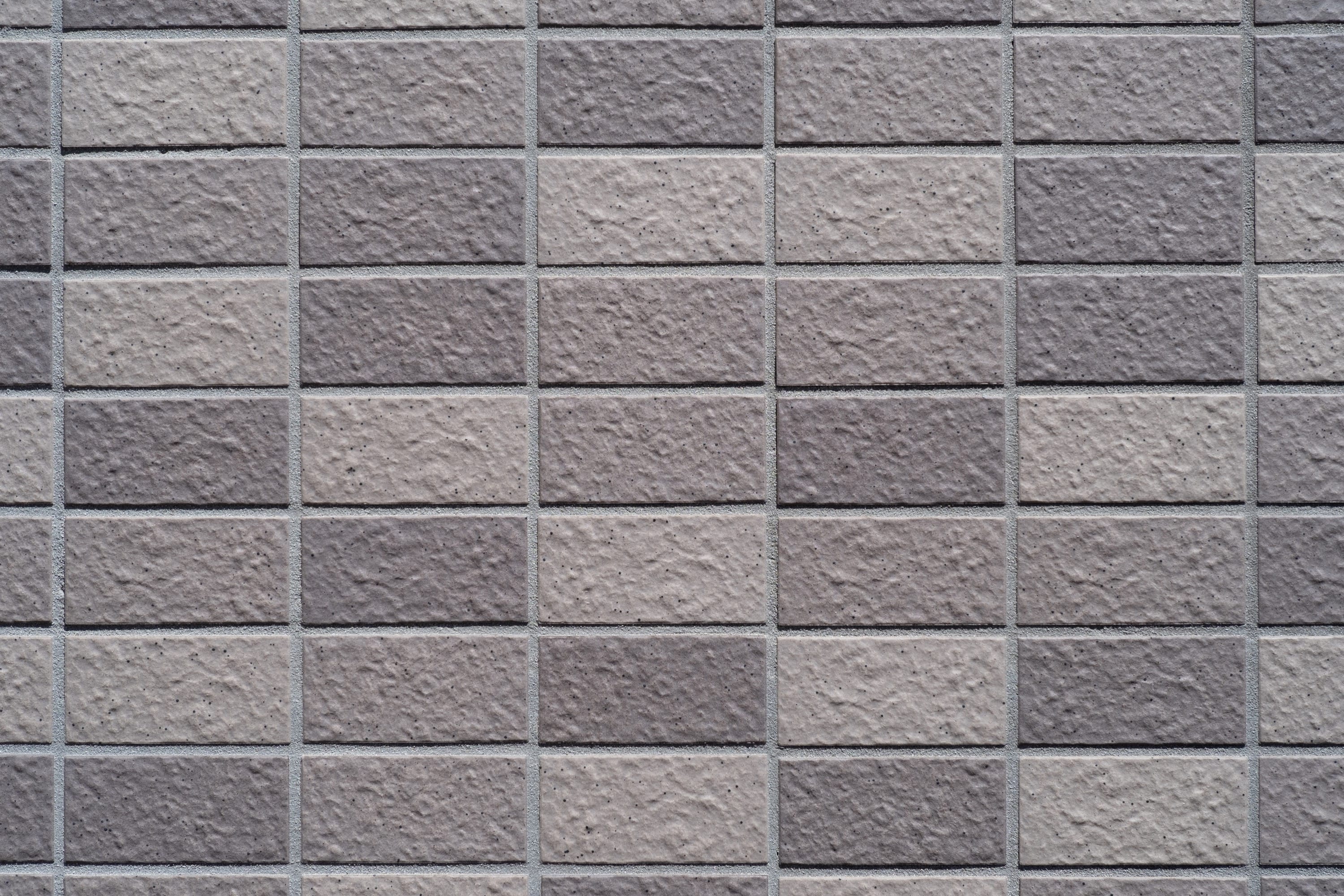
Vignetting
There is some vignetting f1.2 and f1.4, by f2 it clears up.
Samples were taken from the sky. There were some very light clouds.

Coma / Bokeh Swirls
Coma is when you get that sort of cat’s eye bokeh along the edges of the frame. You can also call it swirling bokeh. This lens is very well controlled. The Fujinon 50mm f2 has slightly more coma than this lens. Some people like coma, others hate it. I’m not a fan of it. I feel like it’s a very significant distraction, and it’s one of the reasons I’m not a huge fan of the Fujifilm 35mm f2 lens.
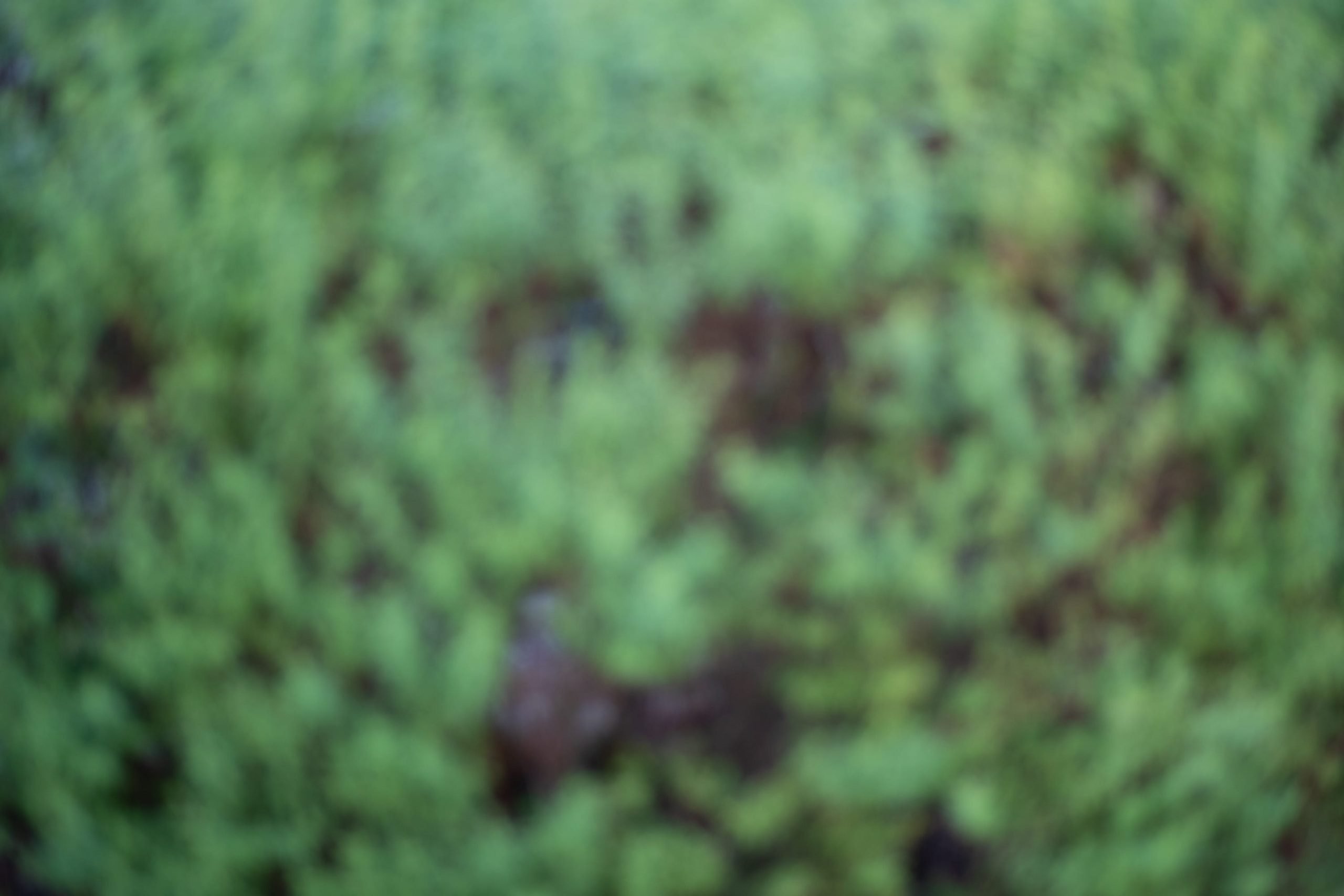
Art & Character

This lens is beautiful in color and contrast. It’s well-balanced in edge sharpness, vignetting, contrast, and distortion. You can find lenses with fewer elements that have better contrast and micro-contrast, like the retro Industar 50-2, but that comes with some huge compromises.
Bokeh
Bokeh is nice. I prefer the Fujifilm 56mm f1.2 bokeh when wide open, but I think the bokeh on this lens is better when stopped down. This lens has 9 rounded aperture blades, so it’s probably better.
Once stopped down, you can see some geometry in the background highlights. If smooth bokeh as higher apertures is important to you, you might want to look at the 7Artisans 55mm f1.4, which has even more aperture blades for smoother bokeh closed down. That lens, however, is noticeably inferior to this lens when comparing image quality, but some would prefer it for its character. I do not. I’d rather have this lens or the Handevision 50mm f2.4.








Color Rendering
Color rendering is fantastic and in line with Fujinon’s quality. There is a very slight magenta cast compared to a Fujinon lens, but you rarely notice it. This is inevitable with 3rd party lenses with no CPU contacts compared to Fujinon lenses. Brand lenses are programmed to correct many flaws, such as color shifts, automatically with native lenses. The same is true if you shoot Canon or Sony. Some native lenses will automatically correct for distortion and vignetting as well.
There are no color ring patterns or shifts from the center of the frame to the corners, which is a serious issue with the overpriced turd Sony has made with the Sony Zeiss 35mm f2.8.




Straight Out Of Camera Samples
All I do on the untouched straight-out of Lightroom samples is export them out of Lightroom without adjusting anything other than adding metadata.
The images look good with no adjustments—excellent contrast and saturation, and pretty good sharpness.








Contrast | Micro-Contrast
Contrast is good, as seen in the straight-out-of-camera samples above. Micro-contrast is pretty good, but there are better options if you want to compromise on other attributes.
For the most part, compact primes like the Samyang / Rokinon lenses will give you good micro-contrast, especially useful for black-and-white photography. That’s one of the reasons people love primes in general. The only problem you run into with primes is you get those 20-element Sigma or Sony primes tuned to optical perfection at the cost of micro-contrast and color rendering.
This Rokinon 50mm f1.2 is a very balanced lens with overall great characteristics.






Lens Flares
Lens flares are very well controlled. I personally like a lens that will flare, especially in my primes.
This lens has that problem most Fujinon lenses have when they over-correct flaring. They will flare when the sun is in the frame, but they leave that ugly little ghosty bead.
The good part is that ghosting is very well controlled even when pointed into light, and you will not lose contrast or saturation.


Fujinon 56mm f1.2 vs. Rokinon 50mm f1.2 vs. Fujinon 50mm f2

The Rokinon 50mm f1.2 price is very similar to the Fujinon 50mm f2. The Fujinon 50mm f2 is a very nice lens with quick autofocus, weather sealing, compactness, and sharpness, so it’s a great lens to compare to this Rokinon 50mm.
I threw in the Fujinon 56mm f1.2 as an example of what spending more money would get you and it is all around sharper. Of course, you should never buy a lens based on sharpness alone. It’s one of many attributes and what’s most important is if the lens is sharp enough for what you need it for. In real-world shooting, around the streets, etc, you can’t tell the difference between sharpness with these lenses when stopped down.
I’ll post more tests of contrast, bokeh, sharpness, and saturation between all the Fujifilm 50s in a future post.
Center Sharpness
The Fujinon 56mm f1.2 is the winner with center sharpness but just marginally.
When comparing the Rokinon 50mm f1.2 to the Fujinon 50mm f2, the Rokinon is sharper at faster apertures. By about f4 and f5.6, they are about the same.
I did notice that the Fujinon 50mm f2 sees a bit more diffraction at f8.
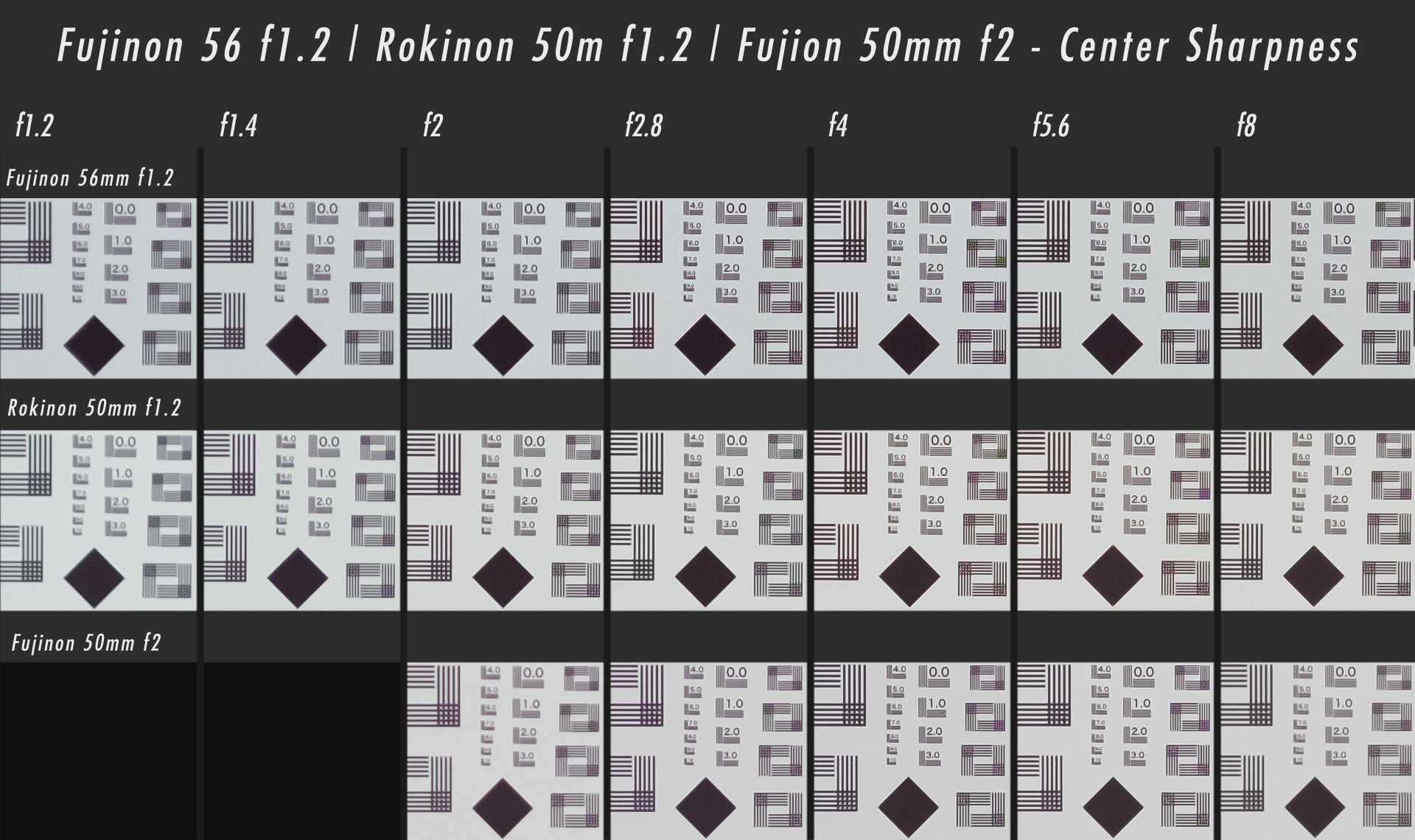
Corner Sharpness
The corners look good on the Rokinon. At f2, it beats out the Fujinon 50mm f2, which is superior in the corners by f4.
Compared to the Fujinon 56mm f1.2, the Rokinon does outperform in corner sharpness just sightly. However, my 56mm f1.2 is very old, and the focus motor went out on me during this test. With the proper amount of wiggling, I could get it to work again; maybe a different copy would see different results.

Rokinon 50mm f1.2 Review | Bottom Line


This lens blew me away. There are not many manual focus primes out there for our APS-C mirrorless cameras on a native mount, and this is one of the best ones you can get if you’re looking for a 50mm. Meyer Optic makes some compacts that are way overpriced, and Mitakon makes some cool Speedmaster in a wider focal length, but overall, the design of this lens is pretty impeccable.
If you’re looking for a ton of character, this lens might not be for you. It is very pretty, and the bokeh is fantastic, but once stopped down, the lens becomes fairly clinical with near-perfect image quality. So if the 50mm f2 turns you off, then this might be a nice alternative at a similar price.

The Samyang 50mm f1.2 or Rokinon 50mm f1.2, is a solid choice for any mirrorless APS-C shooter that wants manual focus. I even think it’s great for Fujifilm shooters since it holds its ground against Fujinon lenses. I know many people who buy mirrorless cameras and miss manual focus, and this is a nice place to start without spending a ton of money on adapting Voigtlander.
If you’re on the fence about switching to a manual focus lens and are a bit nervous about spending all that money on something you might hate, I recommend the 7Artisan or TTArtisan lenses until you can get comfortable and confident with manual focus.

Rokinon 50mm f1.2 Sample Photos

















| **This website contains affiliate links. We will earn a small commission on purchases made through these links. Some of the links used in these articles will direct you to Amazon. As an Amazon Associate, I earn from qualifying purchases. |



